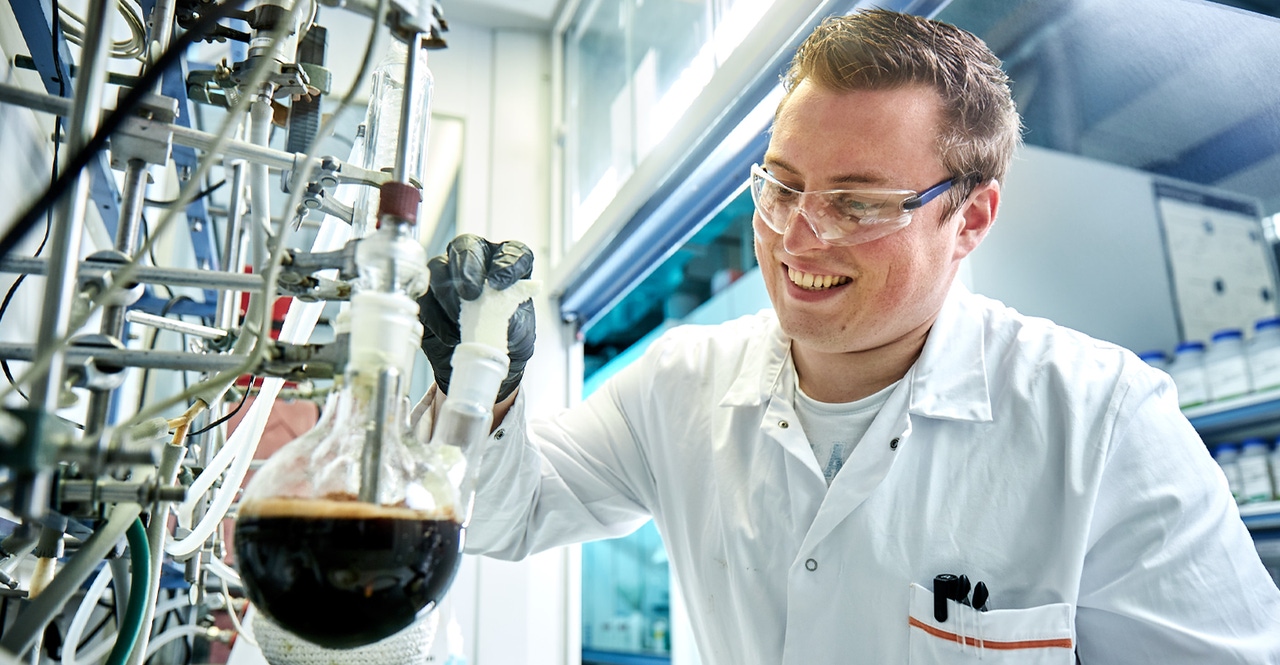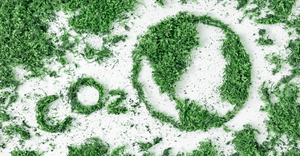Covestro’s Story Around Advancing Circularity of Polyurethane Foam

We hear often about problems around plastic bags, bottles, and other single-used plastics, but not as much about polyurethane (PU) foam, used in mattresses, shoes, and upholstered furniture among applications. One PU supplier, working independently as well as with partners in the U.S. and Europe, is aiming to help create a circular supply chain where this material would be eternally recyclable.
Covestro, an engineering polymer company and supplier of polymers, is developing a process it calls “smart chemolysis,” a chemical way to break down PU to its original building blocks. The process lends itself more to dealing with this complicated material than traditional thermal processes because this polymer can’t be broken down by melting. So rather than use heat, Covestro’s technology, now in pilot stage, leverages catalysts and process optimizations (e.g., optimizing temperature and pressure) to break down the material.
Redwave and Covestro customer Recticel developed an ancillary mechanism to further optimize recycling. That mechanism is sorting technology that distinguishes and sorts different PUs on a line in real time.
“Basically, we leverage chemolysis to break molecules apart, with optimization through digital technologies like smart sorting. Through smart sorting, combined with the chemolysis that we are working to finetune, we can achieve very clean material inputs, further supporting our recycling and raw material recovery targets,” explains Richard Skorpenske, Covestro’s executive leader for advocacy and sustainability efforts for its polyurethane business. Internally, the company is aiming for full circularity as well as a 50% reduction in greenhouse gas emissions by 2025 (with the baseline year being 2005).
Skorpenske envisions these technological advancements will address complex issues.
“The traditional challenge with polyurethane products is that they are a mix of compositions that varies depending on foam types. Breaking material down to basic building blocks through chemolysis, preceded by sorting foam types, gives us a better chance for more refined steams. You end up with two separate streams of building products to make new and better end products.”
Sorting is accomplished with infrared, optical sensors, or other advanced detection technology. The information captured by the sensors is analyzed to facilitate machine learning whereby the machine can determine what sensor to use to sort a given PU load.
Covestro sees the technology as a path toward eventual full circularity.
“Unlike past industrial revolutions, which took decades to develop, if not longer, we now have advanced tools to help expedite this transition and realize capabilities that were not possible in the past,” Skorpenske says.
Covestro is currently running a large pilot in Germany leveraging its proprietary chemolysis technology, turning end-of-life PU foam into building blocks without reliance on fossil fuel.
“The goals are to chemically recycle polyurethanes to recover the building blocks, polyol and toluene diamine, an essential step. And this will enable us to get to higher loading levels to be able to use more recycled content,” Skorpenske says.
Currently Covestro is validating its lab results and working to optimize processes, while developing the products in a simulated industrial environment. Although years away, the goal moving forward is industrialization and scaling to be able to sell recovered raw material.
In addition to its own pilot, the company is lending technical expertise to PUReSmart, an EU consortium looking for ways to break down these polymers so they can be used in different applications.
Recticel who has also worked to further break down PU is the PUReSmart lead and buys building blocks from Covestro.
“Making polyurethane fully circular is for the moment not possible or partly possible. With the PUReSmart approach it will be completely recyclable and fully circular. [Covestro’s] technology will be the holy grail for recycling this material, making it completely recyclable again and again,” says Bart Haelterman, corporate manager Sustainable Innovation and Health, Safety and Environmental Compliance for Recticel.
Covestro’s technology will not be commercialized for some time; that milestone is about five to 10 years away, projects Skorpenske.
“It’s a long learning process to work out details for optimal chemolysis that can be brought to commercial scale economically. There are a lot of variables we are exploring including reaction of chemicals, temperature, and pressure. And we are continuing to investigate catalysts that can be used to further optimize the outcome.”
Partnerships will be important. In addition to its involvement with PUReSmart in Europe, Covestro is collaborating in the U.S. with the Mattress Recycling Council to try and identify new business models and end-use markets for PU foam scrap.
“As a major polyurethane supplier, we feel that through our work and collaboration with others in the industry we can contribute to addressing issues around this material to help create a more circular economy,” Skorpenske says.
About the Author
You May Also Like




